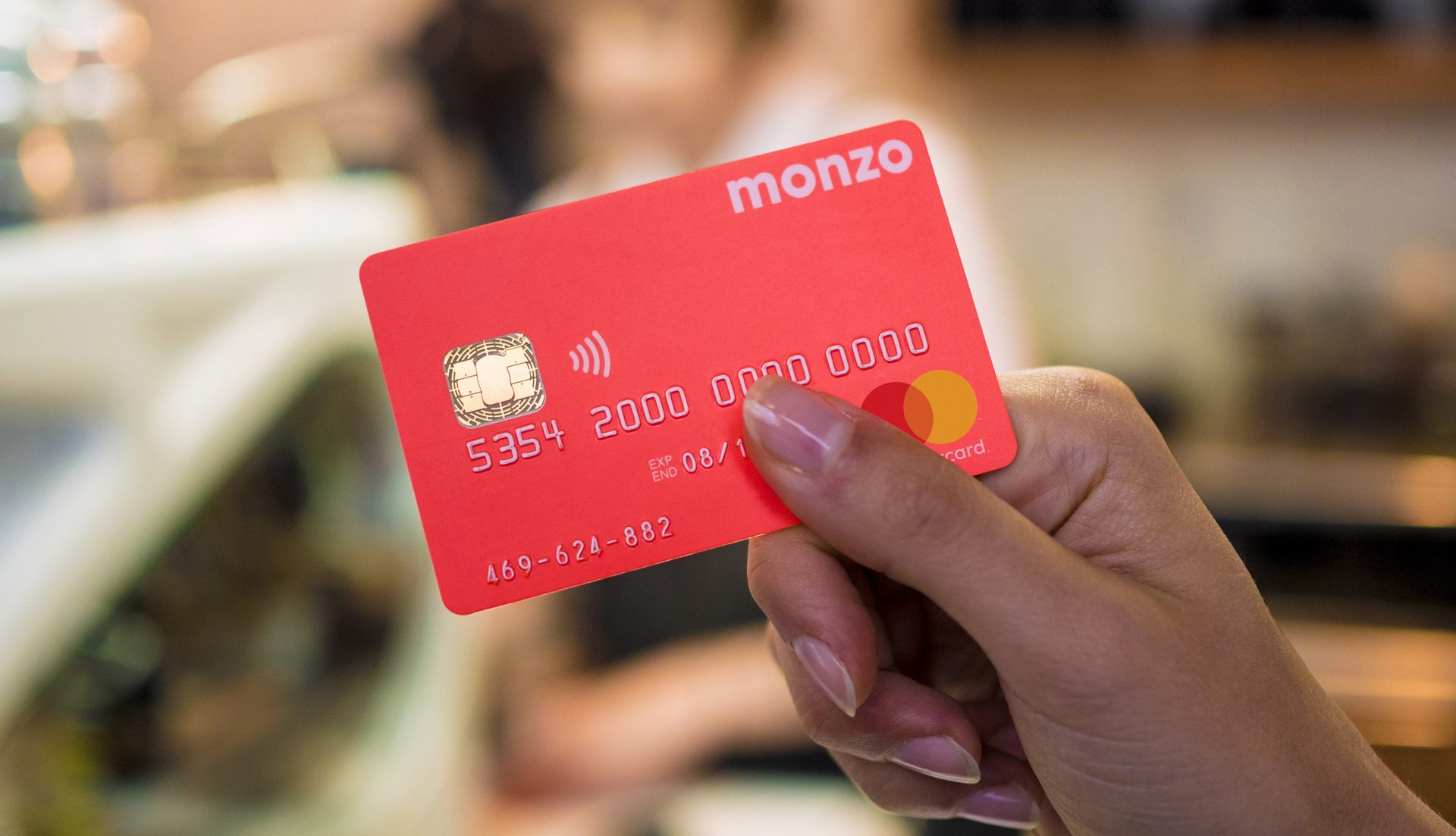Does anyone really need a metal bank card?
Monzo, a fast-growing mobile bank based in the UK, recently began experimenting with metal bank cards through a monthly subscription program. In company trials, the cards cost up to £7.50 ($9.10) per month, according to the Telegraph. Monzo also tested annual fees ranging from £70 to £90 for its new metal cards.


Monzo, a fast-growing mobile bank based in the UK, recently began experimenting with metal bank cards through a monthly subscription program. In company trials, the cards cost up to £7.50 ($9.10) per month, according to the Telegraph. Monzo also tested annual fees ranging from £70 to £90 for its new metal cards.
For now, it appears the metal cards will only be available as an add-on to Monzo Plus, a customizable premium service the company introduced in April. On Twitter, users have circulated photos of Monzo’s metal prototypes over the past couple months, but the company says the cards are “still a work in progress.”
Although customers can often store bank cards digitally on mobile phones, it seems they still crave a piece of plastic or, apparently, a hunk of metal. Indeed, since American Express introduced its Centurion Card—the “Black Card“—in 1999, customers have clamored for ways to show off their superior spending power. (After all, what says “I’m rich and I want you to know it” better than a titanium card with a $2,500 annual fee and a $7,500 initiation fee?)
Thankfully, Monzo’s fees aren’t nearly as steep, but some customers appear nonplussed by the metal bling. On Monzo’s community forum, a few questioned the value and purpose of the new cards.
“There is no part of me that believes that £90 is a fair price to pay for a metal card that probably costs less than a fiver to make,” wrote Justin, who identified himself as a loyal Monzo customer. He joked that he could imagine few uses for a metal card beyond a “windscreen ice scraper.”
In fairness, Monzo is simply following in the footsteps of UK competitors like Revolut and Curve, which also offer metal cards (albeit with a few more features). Ultimately, metal cards seem quite appropriate for today’s consumers. At least they will make our wallets feel heavier.